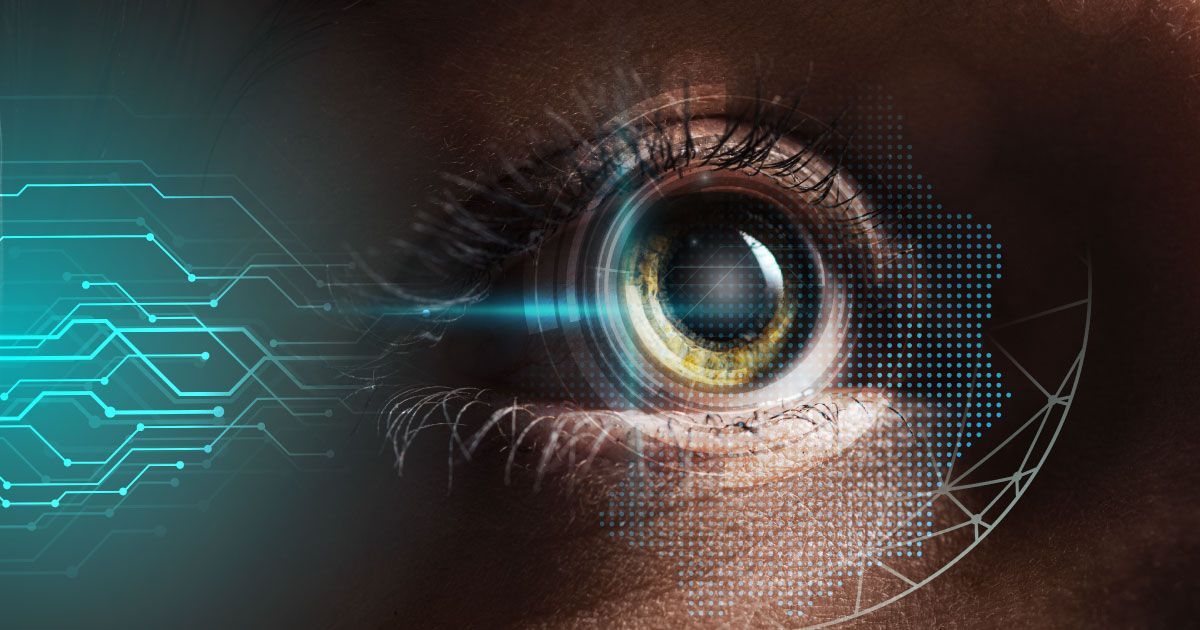How Nanotechnology is Shaping the Future of Eyewear

Read Time: 4 minutes
Nanotechnology is transforming the landscape of lens manufacturing, bringing unprecedented advancements in optical performance, durability, and functionality. From self-cleaning lenses to visionary applications like health-monitoring smart contacts, this cutting-edge science is redefining not just how we see - but how we interact with - the world.
Smart Contact Lenses
One of the most compelling innovations is the development of smart contact lenses. These advanced lenses go beyond correcting vision by incorporating microscopic sensors and electronic components that can monitor real-time changes in the eye. Researchers are actively working on lenses that can measure:
- Intraocular pressure (for glaucoma management)
- Corneal temperature
- Glucose levels in tears (for diabetes monitoring)
Several of these features have already been validated in lab environments and early clinical trials. While these lenses aren't yet commercially available, leading companies are making rapid strides toward future consumer access. The implications for proactive ocular health management are profound.
Nanostructured Lens Materials
Nanotechnology is also reshaping traditional eyewear through enhancements in lens materials and coatings. By incorporating nanoscale additives—particles between 1 and 100 nanometers in size—manufacturers are elevating the everyday experience of wearing glasses. Today's high-performance lenses can be:
- Water-repellent and self-cleaning
- Anti-reflective and glare-reducing
- Scratch-resistant and more durable
- UV-blocking to protect against sun damage
These enhancements are not future concepts—they're already integrated into premium lens coatings available through leading optical labs. They improve clarity and comfort while extending lens lifespan, offering both functional and economic benefits.
Nanoantenna Technology
Beyond practical improvements, nanotechnology is breaking scientific boundaries in optics. Researchers are exploring nanoantenna-based superlens systems that manipulate light in extraordinary ways, focusing it at sub-wavelength scales. This breakthrough challenges the traditional diffraction limit of light and opens the door to:
- Ultra-high-resolution microscopy
- Biosensing and chemical detection
- Light-sensitive components for smart lenses
Though still in the experimental phase, this frontier of light manipulation holds exciting potential for both medical diagnostics and next-generation vision devices.
Drug Delivery & Wearable Tech
In the medical field, nanotechnology is revolutionizing how treatments are delivered to the eye. Scientists are developing contact lenses embedded with nanoparticles that release medication slowly over time. This innovation could dramatically improve care for conditions like glaucoma and dry eye while reducing side effects.
Meanwhile, wearable tech is evolving with flexible nanoscale sensors and microdisplays integrated into lenses. This could allow for real-time health tracking or augmented reality (AR) overlays directly in the wearer’s field of vision - blurring the line between eyewear and smart devices.
Understanding the Science
The magic behind many of these enhancements lies in nanoscale additives. These incredibly small particles can be made from metals (like silver or gold), metal oxides (such as titanium dioxide or zinc oxide), or advanced materials like graphene. Their benefits include:
- Enhanced optical clarity by improving light transmission and reducing glare
- Self-cleaning and water-repellent surfaces via superhydrophobic structures
- UV protection to guard against sun damage
- Antimicrobial properties for cleaner, safer lens surfaces
- Improved durability through anti-scratch and anti-reflective coatings
By working at the atomic level, these particles enable lenses that perform better without compromising comfort or aesthetics.
What’s Next
Many of these nanotech-powered innovations are still progressing through research, clinical testing, and regulatory approval. However, the pace of advancement suggests we could see commercially viable smart lenses, drug-releasing contacts, and AR-enabled eyewear within the next decade.
The Takeaway
Nanotechnology is not just enhancing today’s eyewear—it’s building the foundation for tomorrow’s vision experiences. From self-cleaning lenses already on the market to futuristic contact lenses that monitor your health or augment your reality, the fusion of science and optics is opening bold new possibilities.
At Urban Optiks Optometry, we’re passionate about staying at the forefront of optical innovation. We’re committed to providing our patients with access to the most advanced lens technologies—so you can always see the future clearly and confidently.
Share this blog post on social or with a friend:
The information provided in this article is intended for general knowledge and educational purposes only and should not be construed as medical advice. It is strongly recommended to consult with an eye care professional for personalized recommendations and guidance regarding your individual needs and eye health concerns.
All of Urban Optiks Optometry's blog posts and articles contain information carefully curated from openly sourced materials available in the public domain. We strive to ensure the accuracy and relevance of the information provided. For a comprehensive understanding of our practices and to read our full disclosure statement, please click here.


















